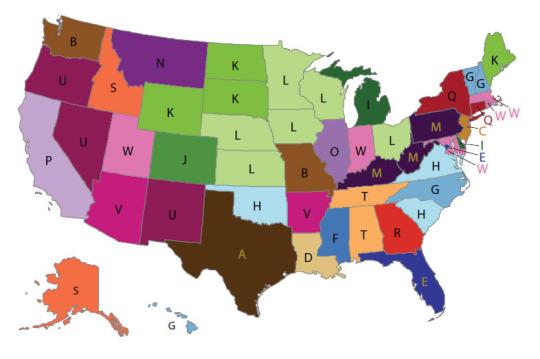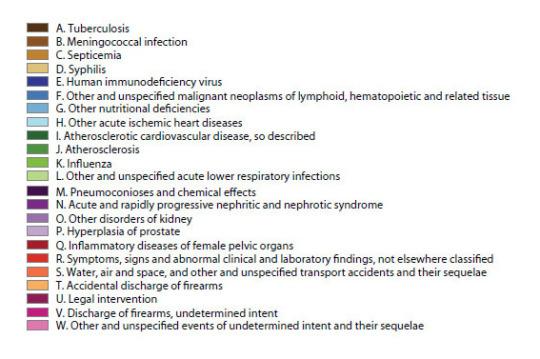One of the most visited monuments in our Nation's Capitol is the Viet Nam War Veteran's Memorial.
Containing 58,272 names of Viet Nam's fallen soldiers from all branches of the United States Military, it is the largest memorial of it's kind, honoring the war dead of our country.
With Memorial Day fast approaching, we thought perhaps a little recognition of the two Lebanon residents who's names appear on this amazing memorial.
Our town, and our nation are grateful for their service and their ultimate sacrifice.
On Panel 44E, Line 31, is the name of Sgt. Richard John Stewart. Born on May 3, 1945, he died on March 12, 1968. He was 23 years old and listed as an East Lebanon resident.
Sgt. Stewart was a Combat photographer in both still format and film for the United States Marine Corp. He was killed as a ground casualty listed as "Artillery, rocket or mortar".
The second name on "The Wall" is that of another East Lebanon, Maine resident, Major Robert Lee Baker.
Maj. Baker, born on June 7, 1930 and died on November 27, 1970 at 40 years of age. He was a member of the United States Air Force and his death is listed as an "Air loss or Crash over land". He was a member of a Fixed Wing Crew. His name can be found on Panel W6, line 85.
Please take a moment as we grow near to Memorial Day, to think of these brave young men lost in action who were members of our own home town society.
Thank you to Sgt. Stewart and Maj. Baker for protecting our country and for their ultimate sacrifice.
If you are planning to take a vacation or business trip to Washington, please set aside a moment to visit the Viet Nam War Memorial and pause for a moment at the names of our townsmen.
Many thanks to Bob Knox for writing to let us know that these brave young men have their names forever recorded in history on the Viet Nam Wall in Washington, DC.
Many thanks to each and every Veteran of our Town, State and Country who have gone to fight the battle against all threats against the United States of America and her Allies.
Lest we forget



